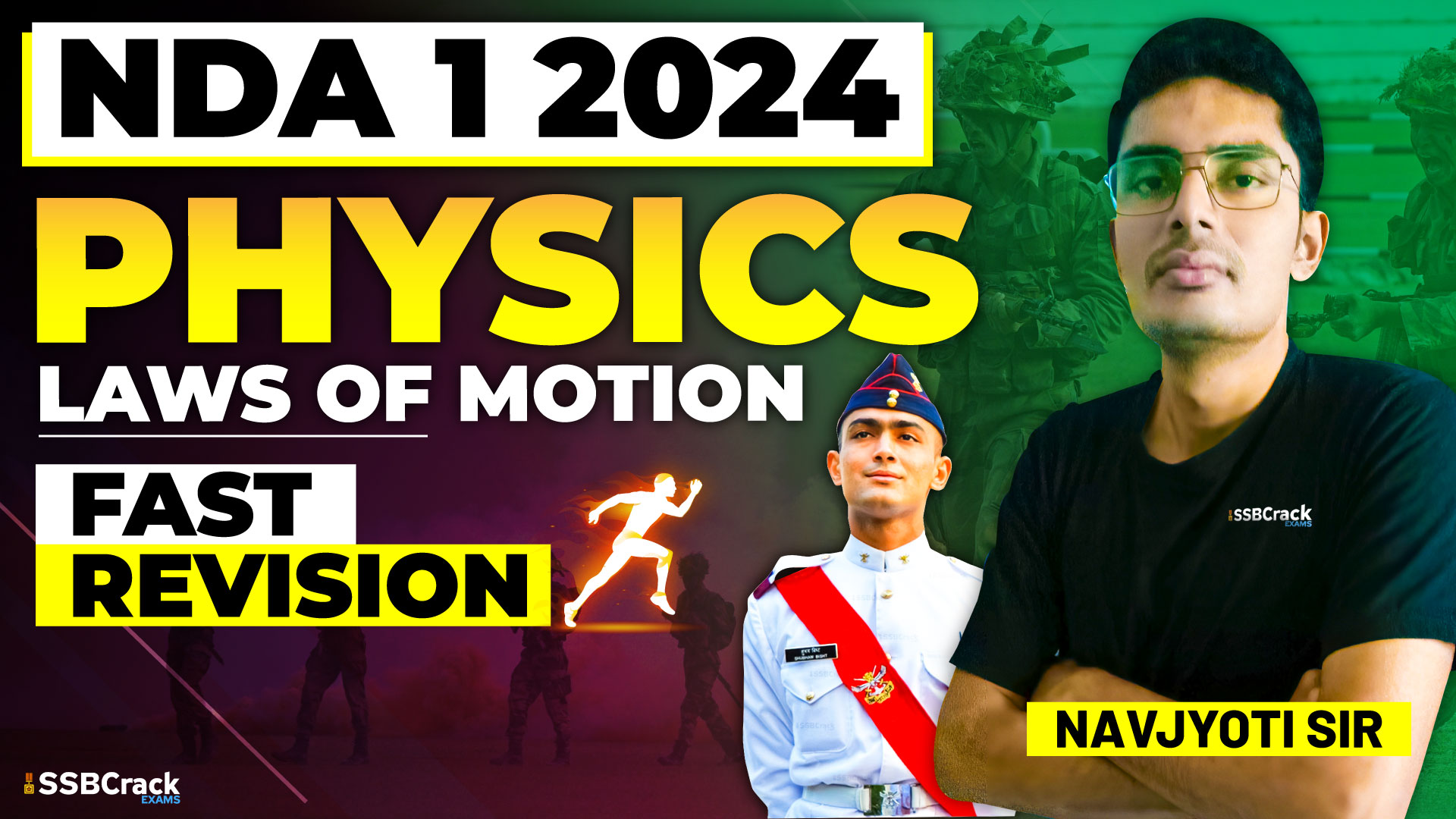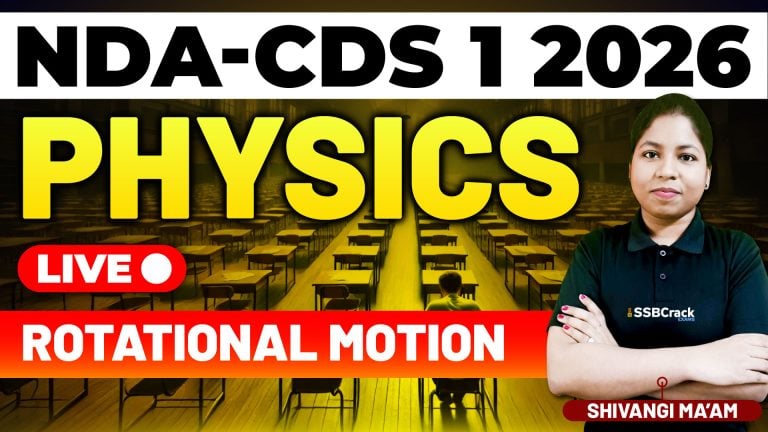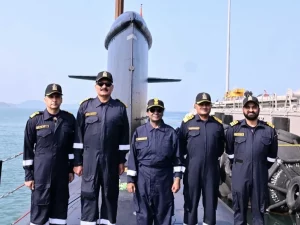Welcome to the NDA 1 2024 Physics Lecture on the Laws of Motion! In this session, we’ll explore the fundamental principles that govern the motion of objects in the universe. From understanding inertia to examining Newton’s laws of motion and exploring concepts like momentum and impulse, this lecture will provide a comprehensive overview of the laws that shape our physical world.
Introduction to Motion
Motion is a fundamental aspect of the universe, encompassing everything from the movement of celestial bodies to the motion of everyday objects. The study of motion, known as mechanics, helps us understand how objects behave and interact with their surroundings. By applying the laws of motion, we can predict the motion of objects and analyze complex systems in nature and engineering.
Newton’s First Law of Motion
Newton’s first law of motion states that an object will remain at rest or in uniform motion in a straight line unless acted upon by an external force. This law is often summarized as “an object in motion stays in motion, and an object at rest stays at rest unless acted upon by a net external force.” Newton’s first law provides the foundation for understanding the concept of inertia and serves as the basis for his subsequent laws of motion.
Momentum and Impulse
Momentum is a measure of the motion of an object and is defined as the product of its mass and velocity. In other words, momentum quantifies how difficult it is to stop a moving object. Impulse, on the other hand, is the change in momentum experienced by an object when subjected to a force over a period of time. Understanding momentum and impulse is essential for analyzing collisions and understanding the effects of forces on moving objects.
Newton’s Second Law of Motion
Newton’s second law of motion relates the net force acting on an object to its mass and acceleration. Mathematically, this law is expressed as F = ma, where F represents the net force applied to the object, m is its mass, and a is its acceleration. Simply put, the acceleration of an object is directly proportional to the net force acting on it and inversely proportional to its mass. Newton’s second law provides a quantitative relationship between force, mass, and acceleration, enabling us to analyze the motion of objects under the influence of forces.
Newton’s Third Law of Motion
Newton’s third law of motion states that for every action, there is an equal and opposite reaction. In other words, when one object exerts a force on a second object, the second object exerts an equal and opposite force on the first object. This law explains why we can push off the ground to jump into the air or why rockets propel themselves forward by expelling exhaust gases backward. Newton’s third law highlights the symmetrical nature of forces in nature and is fundamental to our understanding of interactions between objects.
Conservation of Momentum
The principle of conservation of momentum states that the total momentum of a closed system remains constant if no external forces act on it. This means that in a collision or explosion where no external forces are involved, the total momentum before the event is equal to the total momentum after the event. Conservation of momentum is a powerful tool for analyzing collisions and understanding the transfer of momentum between objects.
Elastic and Inelastic Collisions
In collisions, momentum is conserved, but kinetic energy may not be. Elastic collisions are those in which kinetic energy is conserved, while inelastic collisions are those in which kinetic energy is not conserved. Understanding the differences between elastic and inelastic collisions helps us analyze the outcomes of collisions and predict the behavior of objects interacting with each other.
Conclusion
In this lecture, we’ve explored the fundamental principles of motion outlined by Newton’s laws of motion. From inertia and Newton’s first law to momentum conservation and collisions, these laws provide a framework for understanding the behavior of objects in motion. By applying these principles, we can analyze complex systems, predict the outcomes of interactions, and unlock the mysteries of the physical world. Keep exploring, keep learning, and embrace the beauty of motion in the universe!



















